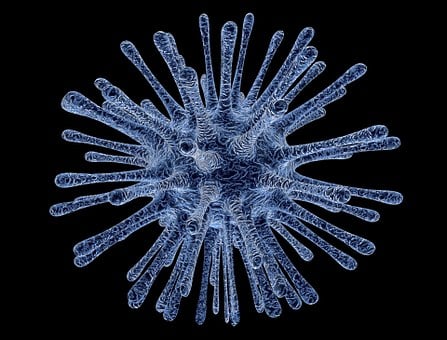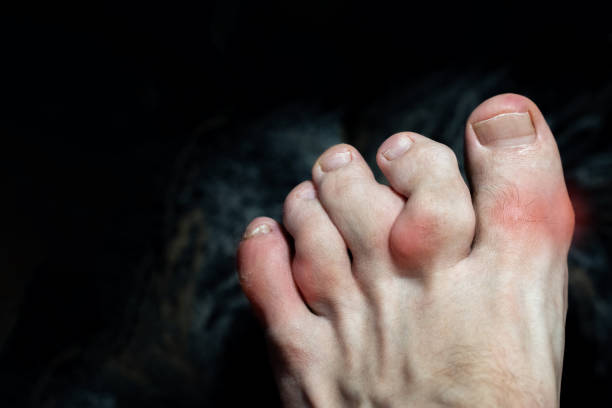Keshan disease is caused by a deficiency of the mineral selenium. There are several symptoms of this disease, including an irregular EKG, dilated heart chambers, and congestive heart failure. In some cases, the disease may not be diagnosed until an autopsy is performed. It is important to get a proper diagnosis to avoid complications.
Selenium deficiency causes keshan disease
Keshan disease is an endemic cardiomyopathy characterized by abnormal heart muscle and blood circulation. This condition is caused by selenium deficiency. It has been reported in China and other parts of the world. It causes cardiogenic shock, congestive heart failure, and cardiac arrhythmia. In some cases, it may lead to cardiac death. However, it can usually be managed and cured.
Selenium deficiency is common in areas with low soil selenium content. It can affect thyroid function. In combination with coxsackievirus infection, it can lead to cardiomyopathy. Keshan disease symptoms were found common in a region extending from northeast to southwest China.
Symptoms of Keshan disease vary depending on the patient’s age. The disease affects the heart, joints, and bones. It is related to selenium deficiency in endemic areas of China. It is often triggered by a Coxsackievirus or a chemical trigger.
Selenium is a trace mineral that plays many roles in normal health. It performs antioxidant functions by acting on enzymes like glutathione peroxidase and iodothyronine deiodinase. It also plays an important role in immune function. It is also known to delay the aging process.
Fortunately, there are ways to treat selenium deficiency. Supplements are available in the form of selenite or selenomethionine. The former is more readily absorbed by the body, so it is best suited for those with severe deficiency.
Although selenium is a trace element, it is required in the production of selenoproteins in mammals. During protein synthesis, it is incorporated into amino acids to form selenoproteins. The amino acid selenocysteine is specific to amino acid sequences, while selenomethionine is nonspecific.
Kashin-Beck disease
Kashin-Beck disease is an endemic disease of the joints, characterized by cartilage degeneration and joint stiffness. It has a characteristic crescent-shaped geographic distribution. It mostly affects rural areas of eastern Siberia, northern Korea, and central China. Patients with the disease are more likely to be children and adolescents. It has been linked to a lack of selenium, which affects the antioxidant capacity of the body and leads to osteocartilaginous necrosis.
Antioxidant supplementation has been shown to benefit the health of patients with Kashin-Beck disease. Research has identified dramatic deficiencies of iodine and selenium in affected populations. However, trace mineral supplementation had no measurable positive effects for the affected population. Innovative Humanitarian Solutions’ research suggests that deficiency of these trace minerals may not be causal, but the result of extreme oxidative stress.
Kashin-Beck disease is an autoimmune disease of the joints. In rural Tibetan children, the disease results in the development of osteoarthritis. Researchers have studied Kashin-Beck disease to determine what risk factors contribute to its development. This disease is rare and is often caused by an underlying medical condition.
Symptoms of keshan disease
Symptoms of Keshan disease can be nonspecific and develop slowly over time. The condition is difficult to diagnose objectively, but if they become severe, it is time to consult a physician. General functional disorders and changes in breathing activity are common in this condition. Patients should avoid physical exertion.
The disease is caused by a selenium deficiency. It is associated with abnormal heart electrograms, congestive heart failure, and hemoptysis. The condition is endemic in parts of China and New Zealand. Selenium supplementation has been associated with a reduced incidence of the condition.
The condition can be fatal if untreated. If diagnosed in its early stages, Keshan disease can be treated and symptoms relieved by a special medication. Laboratory tests are available to determine if there is a selenium deficiency in the body. In addition, the disease can be cured if the selenium level in the blood is increased to a healthy level.
The most important way to treat Keshan disease is to increase the intake of selenium in the diet. Selenium is a mineral that is naturally found in soil and water. It protects the body from oxidative stress and prevents tissue damage. Nutrition experts recommend that people consume at least 55 micrograms of selenium daily.
If selenium deficiency has been detected, selenium supplements can help cure or even prevent Keshan disease. Selenium supplementation is recommended for pregnant women and postpartum women. In addition, selenium supplementation is also recommended for men, especially those who are sexually active.
Treatment
Keshan disease is a type of endemic cardiomyopathy. It was first recognized in 1935 in the northeast Chinese county of Keshan. Symptoms of Keshan disease include congestive heart failure, acute heart failure, and cardiac arrhythmia. The endemic region of Keshan disease is extremely poor, and its patients are often socioeconomically disadvantaged.
Early diagnosis is essential to ensure a positive prognosis and effective treatment. Because the symptoms of Keshan disease tend to progress slowly and continuously, it can be difficult to assess the severity of the condition objectively. Nonetheless, any symptom that makes you think you may have the disease should prompt a visit to your doctor. Some of the symptoms include general functional disorders, breathing activities, and a feeling of oxygen deprivation.
Early detection of Keshan disease is key to preventing its devastating effects. If it is detected at an early stage, patients can use special medication that makes up for selenium deficiency. This treatment can relieve symptoms and ultimately lead to freedom from the disease. The selenium level in the body is continuously monitored and analyzed to ensure that the patient receives adequate amounts of the mineral. In addition, a proper diagnosis can help identify the causes of the condition and develop a treatment plan to combat them.
The Keshan disease treatment market is segmented based on product type, end user, and medication. The report covers sales, shipment, revenue, and gross profit of the Keshan disease treatment market. It includes a comprehensive analysis of each segment and highlights the trends in specific sectors. It also highlights the economic conditions, key business priorities, and risks associated with investing in specific segments of the market.
The Keshan disease treatment market research report also provides information about the competitive landscape, including product launches, challenges, and regional growth. It also includes forecasts and year-on-year growth for the market. It also highlights trends, challenges, and the latest product launches and mergers. It also provides detailed information about the supply chain.
Despite the severity of Keshan disease, treatment options are varied. Lifestyle changes, health management, and medications can improve the health of Keshan disease patients. Treatments can include ACEI, b-blockers, and diuretics.



